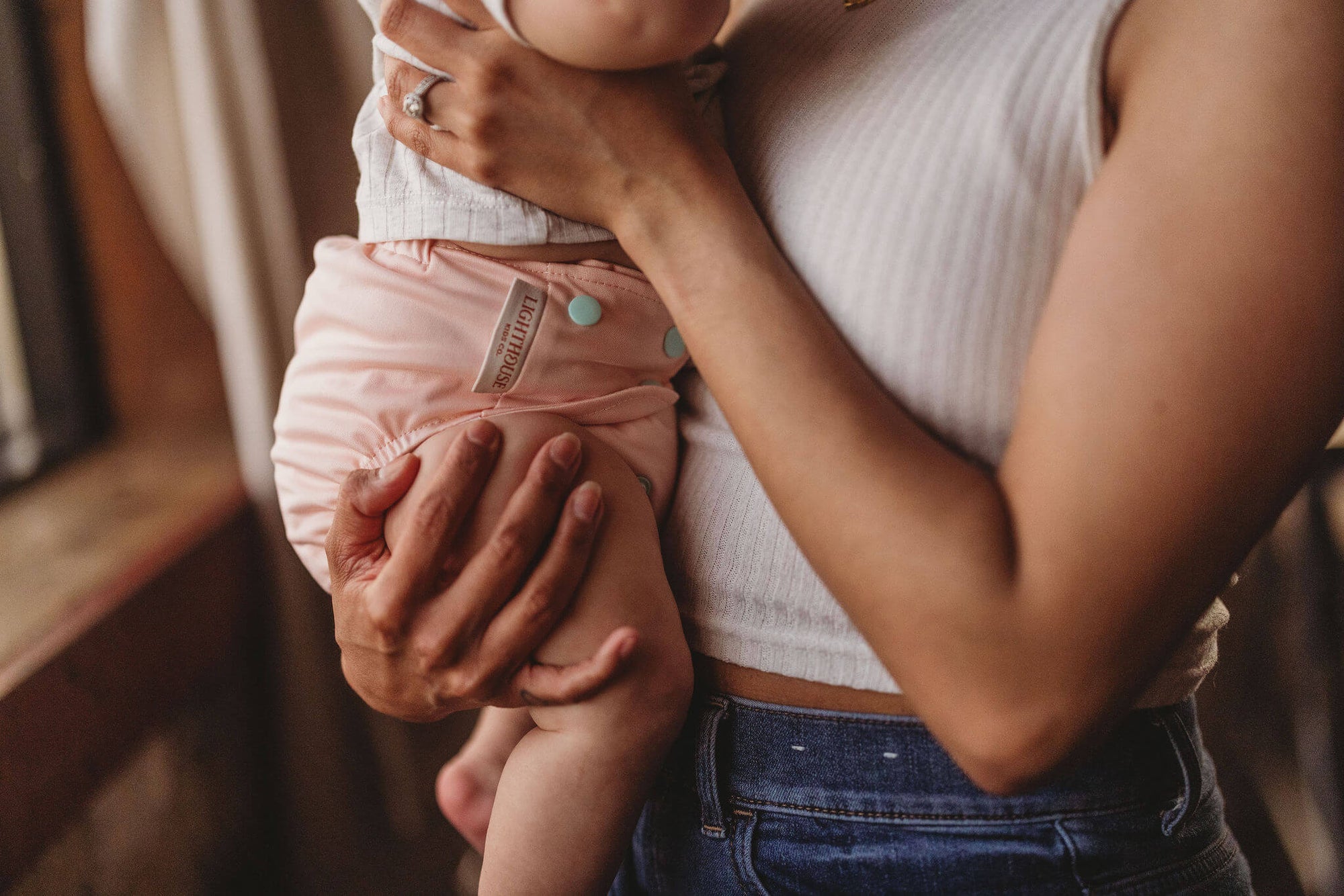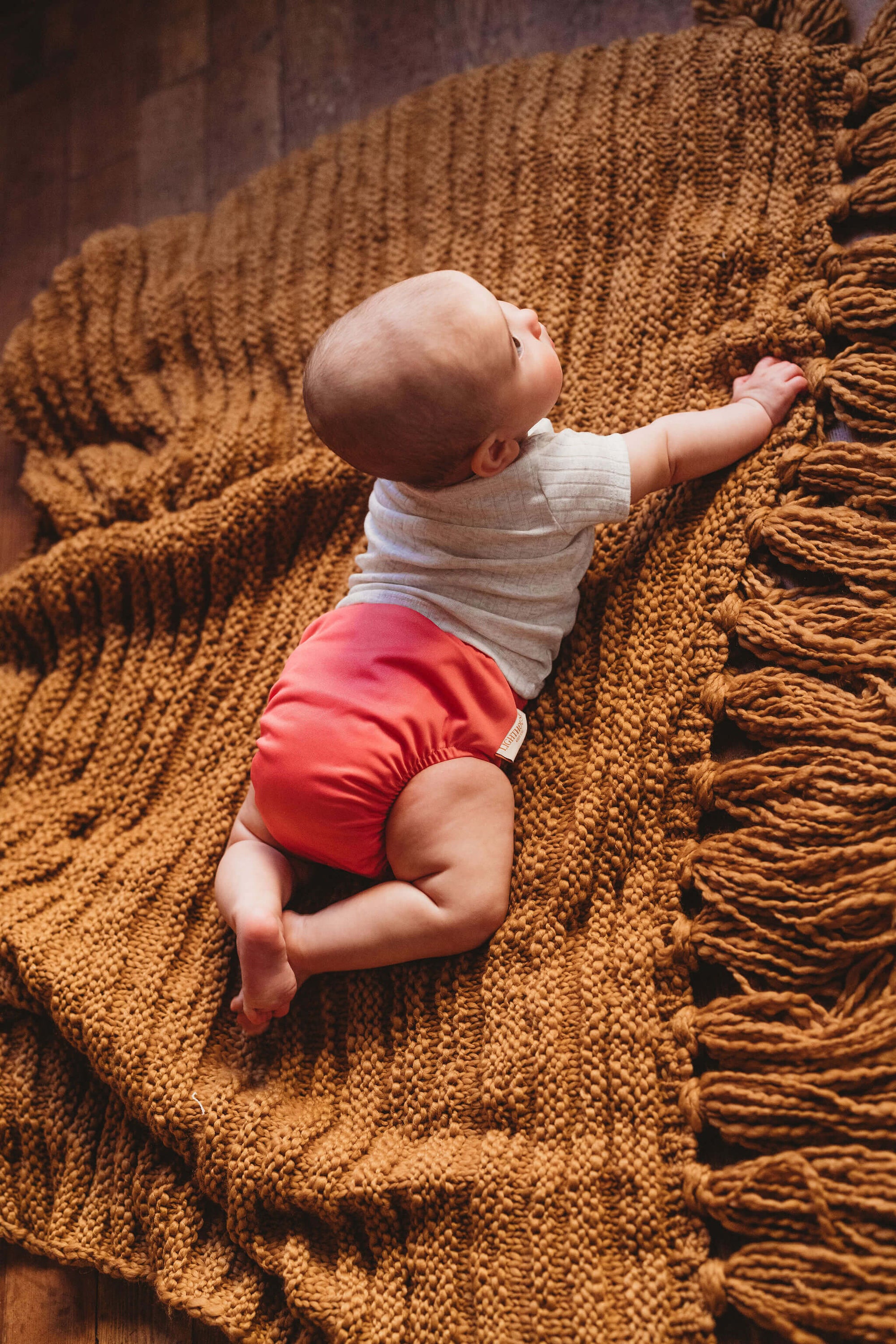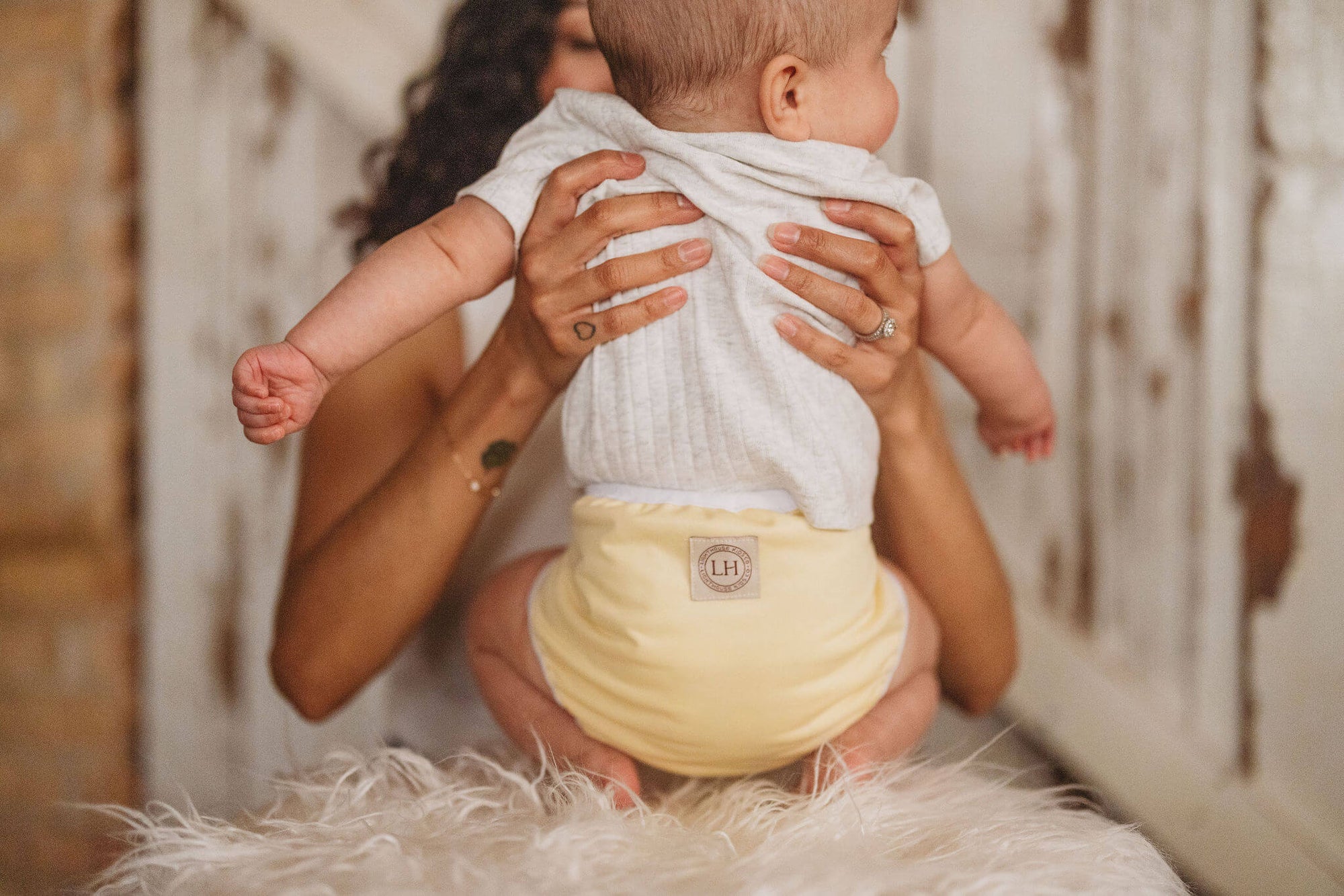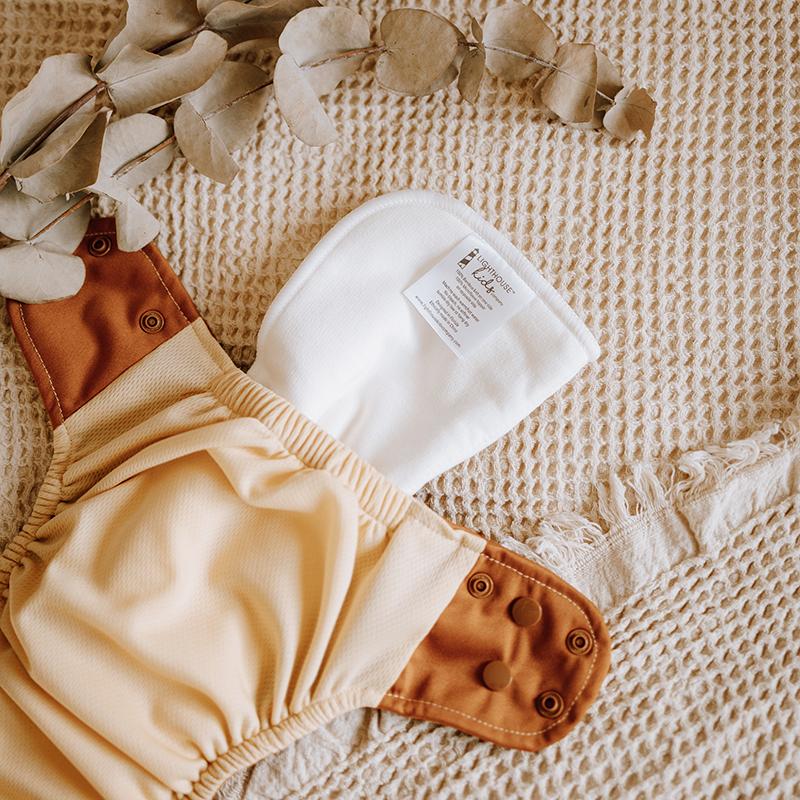Introduction to cloth diapers
Switching to cloth diapers is a sustainable choice for parents looking to reduce their environmental impact. Cloth diapers are reusable, unlike disposable diapers that end up in landfills. By opting for cloth diapers, you can significantly decrease the amount of waste produced by your baby. Additionally, cloth diapers can be gentler on a baby’s skin as they are often made from natural, breathable fabrics. Some key points to remember about cloth diapers:
- They can save you money in the long run by not having to purchase disposable diapers frequently.
- Cloth diapers come in a variety of styles such as pockets, all-in-one (AIO), wipeable covers, and swim to suit your preferences and needs.
- With proper care, cloth diapers can last through multiple children, making them a sustainable choice.
Environmental benefits of cloth diapers
Using cloth diapers reduces waste in landfills. Disposable diapers can take 500 years to decompose, while cloth diapers can be reused multiple times. Cloth diapers also reduce the demand for raw materials used in disposable diapers production, such as plastic and wood pulp. Additionally, washing cloth diapers has a lower environmental impact compared to manufacturing disposable diapers. Water consumption is less when using cloth diapers according to a study released by DEFRA in 2023.* The manufacturing and use of disposable diapers amounts to 2.3 times more water wasted than cloth.

Reduction in waste and landfill impact
Every year about 20 billion disposable diapers are disposed in our landfills, contributing to environmental harm. By using cloth diapers, you can lessen your household’s waste output and decrease the burden on landfills. Cloth diapers are reusable, so you can wash and reuse them, minimizing the trash you throw away. This simple change can have a positive impact on the environment and help in waste reduction.
The instructions on a disposable diaper package advice that all fecal matter should be deposited in the toilet before discarding, yet less than one half of one percent of all waste from single-use diapers goes into the sewage system. Over 92% of all single-use diapers end up in a landfill.4
In 1988, nearly $300 million dollars were spent annually just to discard disposable diapers, whereas cloth diapers are reused 50 to 200 times before being turned into rags.4
Disposable diapers are the third largest single consumer item in landfills, and represent about 4% of solid waste. In a house with a child in diapers, disposables make up 50% of household waste.5
Over 300 pounds of wood, 50 pounds of petroleum feedstocks and 20 pounds of chlorine are used to produce disposable diapers for one baby EACH YEAR.6
Energy and water savings from using cloth diapers
By using cloth diapers, you can save about 50,000 gallons of water and reduce your household energy consumption significantly. As stated above, cloth diapers require less water for production compared to disposable ones, which helps in conserving water resources. Additionally, you can save energy by using cloth diapers as they do not require the manufacturing and transportation processes that disposable diapers do.

Health benefits for babies and the environment
Cloth diapers are known to be gentler on babies’ skin compared to disposable diapers, reducing the risk of diaper rash. They are free from harmful chemicals often found in disposable diapers, making them a safer and healthier choice for your baby. Rashes and skin irritations are less common with cloth diapers because they are chemical-free.
Cost-effectiveness of cloth diapers
Cloth diapers are usually more cost-effective than disposable ones in the long run. According to the Real Diaper Association, using cloth diapers can save families around $2000 to $3000 per child compared to disposable diapers. The initial investment in cloth diapers may seem higher, but they can be reused for multiple children or resold. Overall, making the switch to cloth diapers can be a financially smart decision for many families.
Choosing the right cloth diaper type
When choosing cloth diaper types, consider factors such as the convenience of all-in-one diapers, the adjustability of pocket diapers, the easy washing of preflat diapers, and the breathability of fitted diapers. All-in-one diapers are simple to use but can take longer to dry, while pocket diapers allow you to customize absorbency. Prefat diapers are economical and dry quickly, while fitted diapers provide a snug fit and excellent leak protection. Make sure to choose the type you think fits your lifestyle and preferences for best.
Washing and care instructions for cloth diapers
To wash cloth diapers, first, remove any solid waste by shaking it into the toilet or using a diaper sprayer. You can also use disposable liners, or reusable liners. Then, store used diapers in a dry pail until wash day. Wash diapers every 2-3 days in hot water with a gentle detergent. Avoid using bleach or fabric softeners, as they can damage the diapers. Dry the diapers in the dryer on low or hang outside in the sun if possible, as sunlight helps to remove stains and sanitize them.
Overcoming challenges of using cloth diapers
Cloth diapers come with some challenges, but they’re not impossible to overcome. Here are some tips to navigate through them smoothly:
- Leakage: Make sure the diaper fits properly to prevent leaks.
- Laundry: Establish a washing routine to keep your cloth diapers clean and fresh.
- On-the-go: Invest in a wet bag for convenient diaper changes when you’re out and about.
- Initial cost: While cloth diapers may seem expensive at first, remember that they are a long-term investment that can save you money in the long run.
Conclusion: Making a positive impact with cloth diaper usage
Switching to cloth diapers instead of disposable ones can make a significant positive impact on the environment. By choosing cloth diapers, you can reduce the amount of waste going to landfills and decrease the energy and resources needed for production and disposal. Cloth diapers are reusable and can last through multiple children, saving both money and reducing overall waste. This small change in your daily routine can contribute to a healthier planet for future generations.

* DEFRA Study: https://randd.defra.gov.uk/ProjectDetails?ProjectId=20622
3 The Landbank Consultancy Limited. A Review of Proctor & Gamble's Environmental Balances for Disposable and Re-useable Nappies. July 1991.
4 Lehrburger, Carl. 1988. Diapers in the Waste Stream: A review of waste management and public policy issues. 1988. Sheffield, MA: self-published.
5 Link, Ann. Disposable nappies: a case study in waste prevention. April 2003. Women's Environmental Network.
6 Lehrburger, C., J. Mullen and C.V. Jones. 1991. Diapers: Environmental Impacts and Lifecycle Analysis. Philadelphia, PA: Report to The National Association of Diaper Services (NADS).








